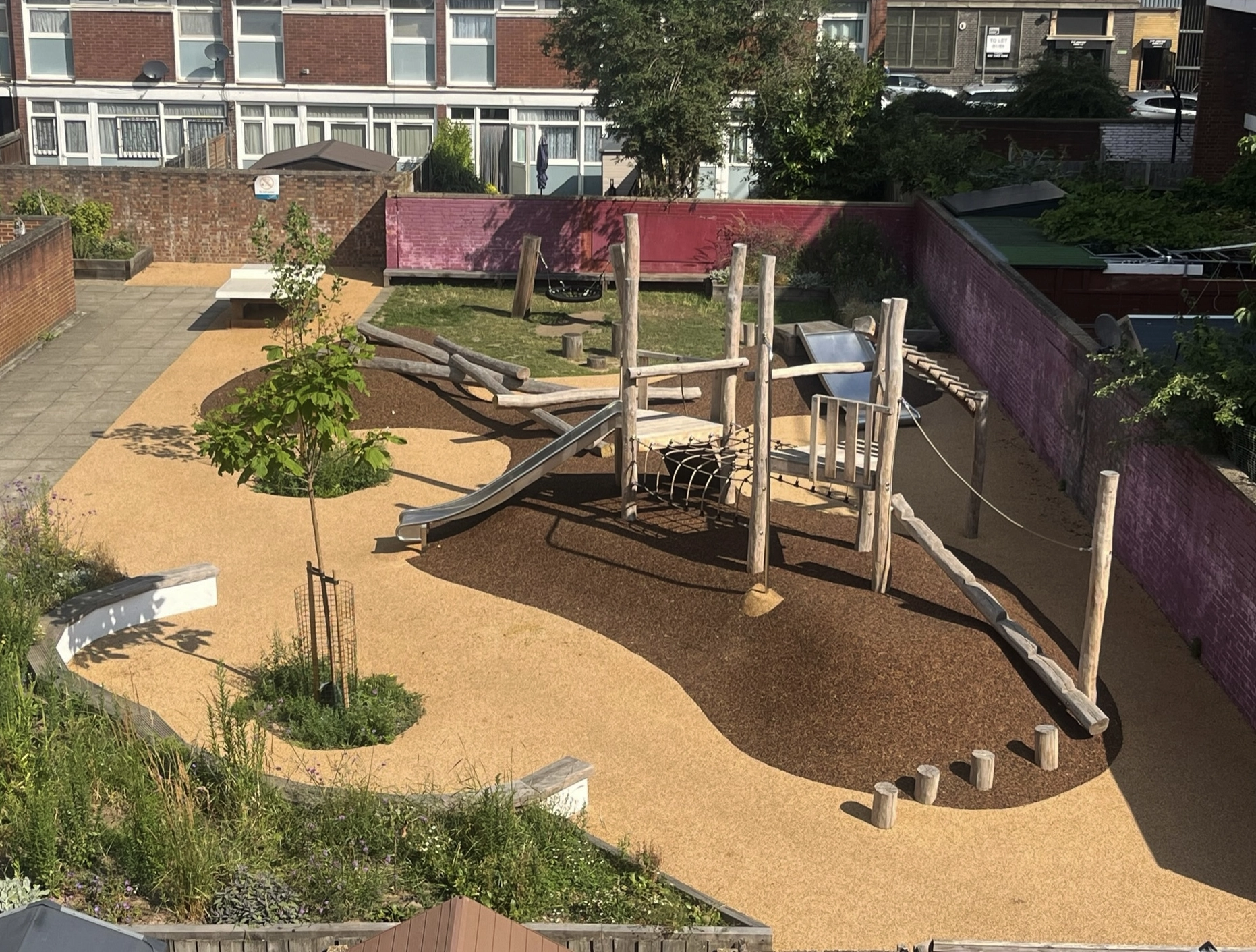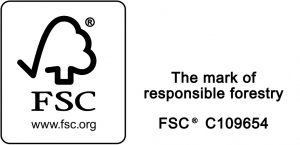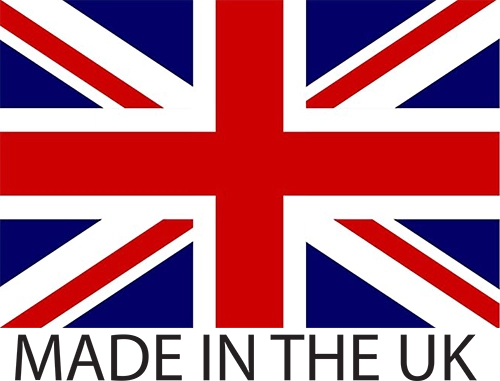Playgrounds are more than just spaces for children to run, jump, and play – they are the heart of a community, where families come together, friendships are forged, and memories are created. At PlayEquip we understand that a successful playground is one that not only caters to the needs and desires of the children who will use it but also reflects the unique character of the community it serves. That’s why our unique approach to playground design is centred around collaboration and community engagement, ensuring that every project we undertake is a true reflection of the people it serves.
The Power of Collaboration:
When it comes to designing and building playgrounds, collaboration is key. We believe that the best results are achieved when we harness the collective creativity, insights, and expertise of local stakeholders. From parents and teachers to community leaders and children themselves, we value the input of every individual who will be impacted by the playground. Our collaborative approach not only enriches the final design but also fosters a sense of ownership and pride among community members.
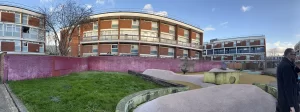
Step 1: Listening to the Community:
Our collaborative process begins with actively listening to the community. We initiate open dialogues through town hall meetings, focus groups, and online surveys to understand the needs, aspirations, and concerns of the people who will use the playground. By engaging in meaningful conversations, we gain insights into what the community envisions for their ideal play space. This step sets the foundation for a design that is not only functional but also meaningful.
Step 2: Co-Creation Workshops:
Co-creation workshops are at the heart of our collaborative approach. These workshops bring together community members, including children, to brainstorm, sketch, and share ideas for the playground’s design. Print outs are given to all participants so their individual needs can be expressed without scrutiny. Tick box lists of specific playground equipment such as swings, outdoor gym equipment and seating can be included so the most popular item are prioritised. The workshops are dynamic and inclusive, encouraging participants to think outside the box and let their imagination run wild. As specialist playground designers we can make suggestion that complement the thoughts of our clients. These sessions often lead to innovative concepts that we wouldn’t have discovered through traditional design processes alone.
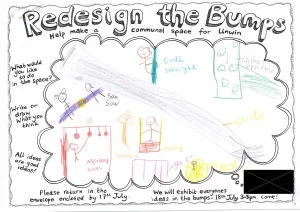
Step 3: Design Feedback and Iteration:
After gathering ideas from the community, our design team translates those concepts into visual representations such as 3D models. We present these initial design concepts back to the community for feedback. This step is crucial, as it ensures that the community’s vision is accurately captured and described within the design. We encourage constructive criticism and welcome suggestions for improvements. This iterative process continues until we arrive at a design that truly resonates with the community’s aspirations and maximises the project budget.
Step 4: Showcasing the Vision:
Once the design is refined and approved by the community, we create a detailed presentation that showcases the vision for the playground. This presentation includes 3D renderings, layout plans, and a narrative that explains how the design elements correspond to the community’s goals. We share this presentation with local stakeholders, such as school boards, city councils, and parent-teacher associations, to garner support and build momentum for the project.
Step 5: Bringing the Vision to Life:
With the community’s vision solidified and support secured, we move forward to the construction phase. Throughout the construction process, we maintain open lines of communication with the community, providing regular updates and addressing any concerns that may arise. The strong connection with our on-site team allows us to pivot and make adaptions if needed mid construction. We believe that transparency is essential to building trust and ensuring that the final product lives up to the community’s expectations.
The Impact of Community Engagement:
Engaging the community in the playground design process yields numerous benefits that extend far beyond the play space itself. It fosters a sense of belonging and pride, as community members see their ideas and input come to life. It also creates a sense of ownership, leading to better care and maintenance of the playground over time. Additionally, the collaborative process strengthens social bonds within the community, as neighbours come together to create something that will benefit generations to come.
A Case in Point:
Unwin Estate Community Playground, London:
One shining example of our collaborative approach is the Unwin Estate Community Playground project. This vibrant play space was envisioned and brought to life through a series of co-creation workshops with local residents, children, and educators. The result is a playground that not only made use of every penny, but also included all of the most requested elements identified in the workshops. The playground has become a hub for social interaction, play, and learning, a testament to the power of community-driven design. 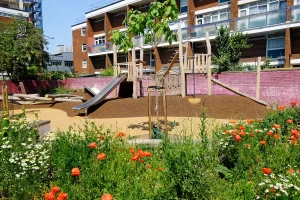
In Conclusion:
At PlayEquip we firmly believe that the best playgrounds are those that are born from collaboration, creativity, and community engagement from all parties involved. Our approach ensures that every playground we design reflects the community’s aspirations, values, and spirit. By involving local stakeholders, listening to their voices, and co-creating innovative designs, we create play spaces that go beyond entertainment – they become catalysts for community growth, connection, and pride. Together, we build not just playgrounds, but lasting memories and strong communities.
https://www.instagram.com/reel/CtPWGUwrNWu/?utm_source=ig_web_copy_link&igshid=MzRlODBiNWFlZA==
